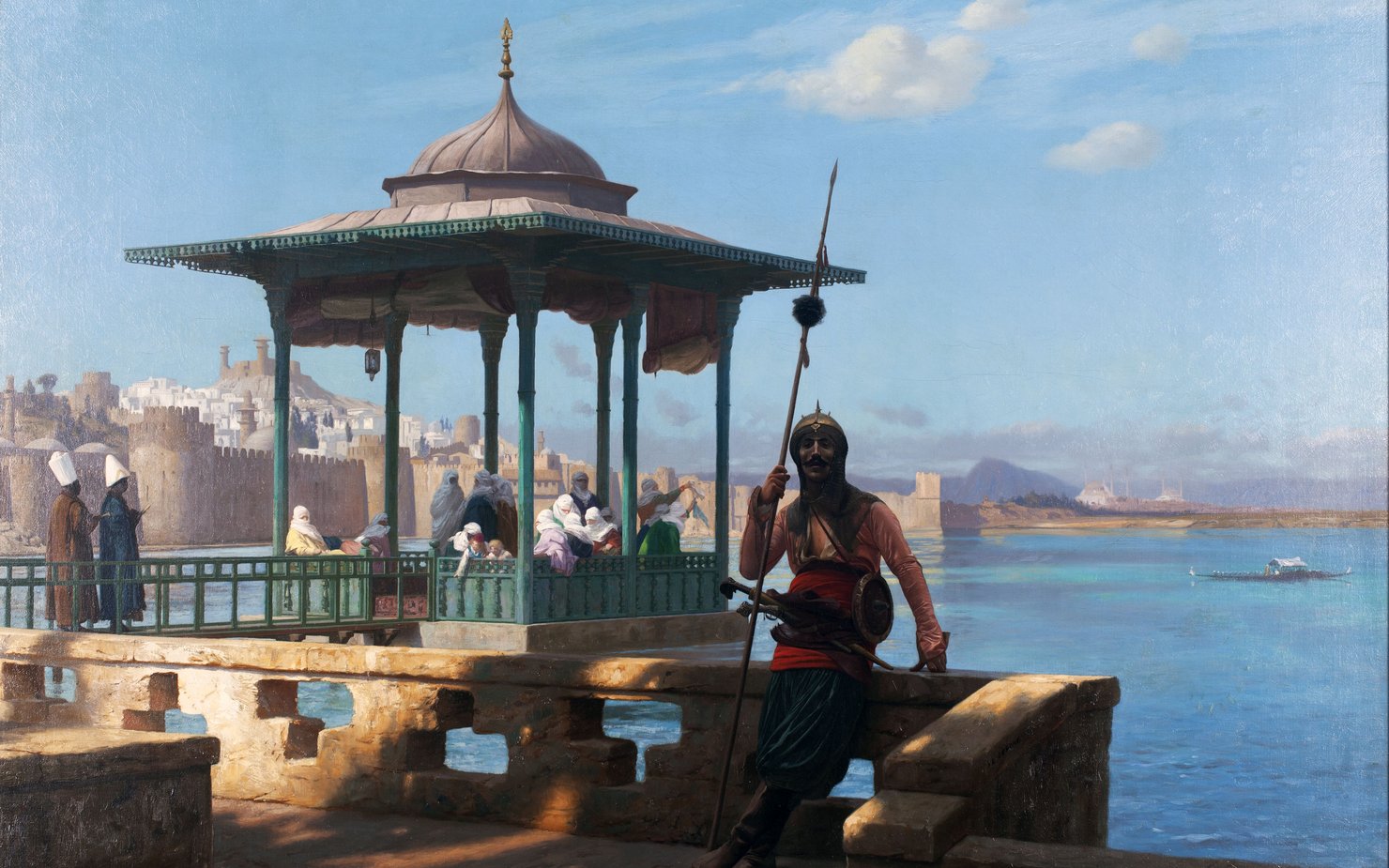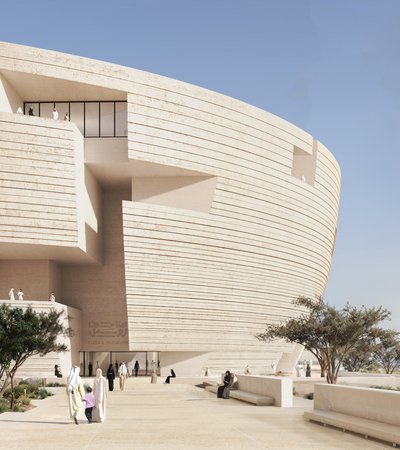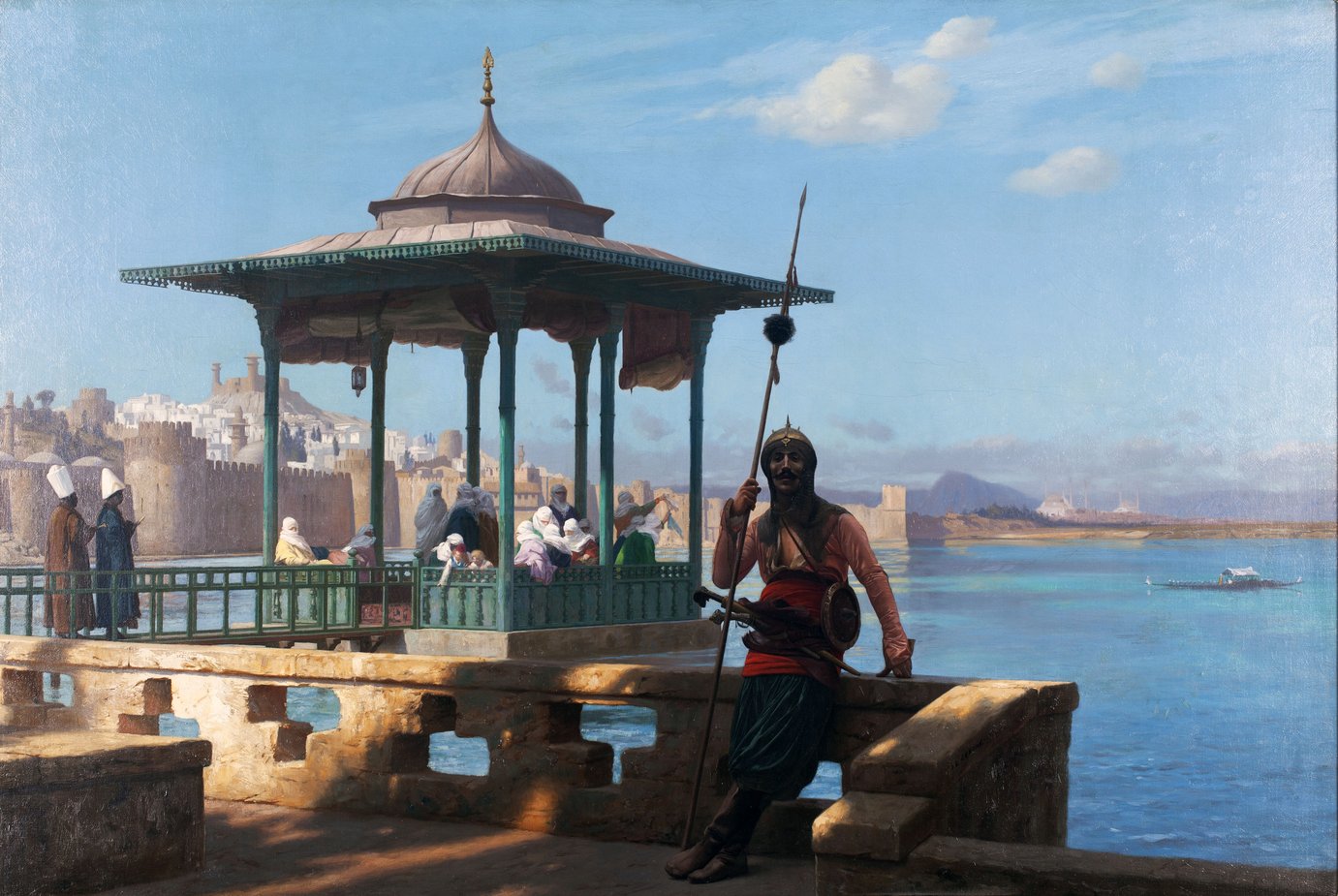Organised by the future Lusail Museum in collaboration with Mathaf: Arab Museum of Modern Art, Seeing Is Believing: The Art and Influence of Gérôme features nearly 400 works, drawing extensively from the future Lusail Museum’s unparalleled collection of Orientalist art, including European depictions of the MENASA region spanning the 16th through 19th centuries. It also includes significant loans from Qatar Museums’ General Collections and prestigious institutions worldwide such as the Metropolitan Museum of Art, New York and the Islamic Arts Museum, Malaysia. New works commissioned from artists including Babi Badalov (b. 1959, Azerbaijan) and Nadia Kaabi-Linke (b. 1978, Tunisia) will reinterpret Gérôme for the 21st century.
One of the most famous and commercially successful European artists of the 19th century, Gérôme was heralded in his own time as a history painter and a visual storyteller, bringing the worlds of ancient Greece and Rome to life. Yet it was as a chronicler of the modern cultures and peoples of North Africa and the Middle East that he made his greatest impact. Travelling repeatedly to Egypt and Turkey and making many other stops in the region between 1855 and 1880, Gérôme created some of Orientalism’s most enduring images and themes. His depictions, at once fancifully imaginative and faithfully naturalistic, played a major role in defining the MENA world for Europe, America and Britain. Since 1978, his work has been the subject of critical scrutiny by art historians including Linda Nochlin, who famously read his paintings as part of a larger and more disturbing colonial plan. Seeing Is Believing: The Art and Influence of Gérôme presents new and more wide-ranging interpretations of the artist, without ignoring the contributions of these scholars, or of Edward Said’s groundbreaking book, Orientalism.
The exhibition is curated by Emily Weeks, Guest Curator, Lusail Museum; Giles Hudson, Curator of Photographs, Lusail Museum; and Sara Raza, Guest Curator, Mathaf: Arab Museum of Modern Art. It is organised as a legacy of Qatar–France 2020 Year of Culture, a year-long programme of collaborations between institutions across both countries.
Accompanying the exhibition is a fully illustrated catalogue that will include new research on the artist and essays on his impact, by the curators as well as Christine Peltre, specialist in Orientalist painting and professor of art history at the University Marc Bloch of Strasbourg.








